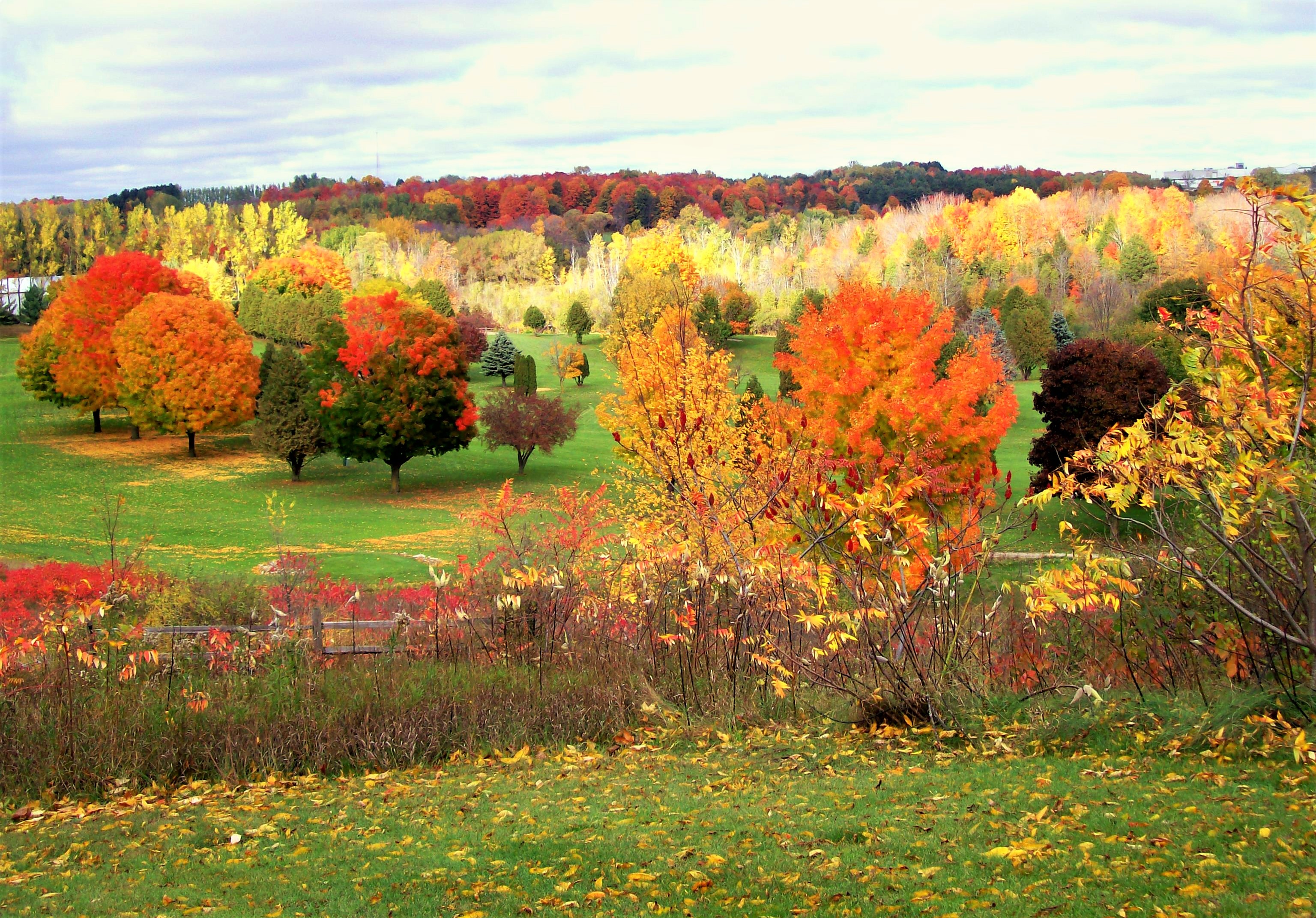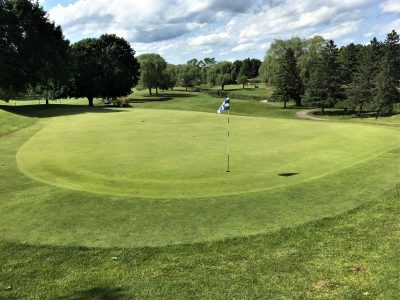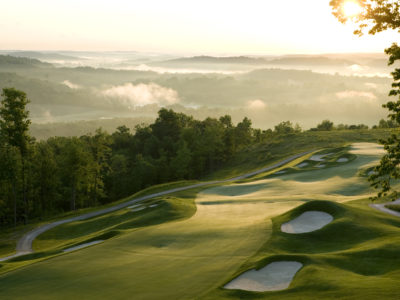By Fred Inglis
One cattle farmer’s bad luck turned good luck for golfers in the remote region of Shelby and Hart, Michigan, in the 1960s – when area golf enthusiasts grew tired of traveling 25-30 miles to play their beloved game and they united to create their own local, 9-hole golf course.
The community group formed, designed and built the Oceana Golf Club to become the first golf course in Oceana County, north of Muskegon. In 1961 the organizers bought 75 acres located between the two towns. Most of the land was Ollie Satterlee’s cattle pasture.
“I think my dad was glad to sell it,” said Doug Satterlee. “We didn’t have much luck with that farm. One time we had four cows hit by lightning.”
Fast forward to today and OGC was on the brink of extinction before area native Jason Wenk recently agreed to purchase the financially strapped 58–year–old public course and build a plan of renewal and renovation.
In the beginning, organizers from both towns went door to door to share their dream of signing 300 charter members. For $100 they would become a shareholder in the non-profit corporation. One of their first stops was Tanner’s Plumbing in Shelby. 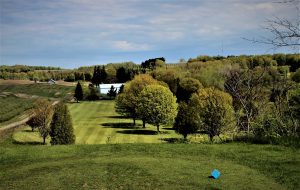
“We didn’t get 300,” recalled the 95–year–old Tanner. “But I told them I’d buy one, and if they needed me to then I’d buy another one. I was so surprised and thrilled that they managed to make it happen.”
The late Gordie Wyns was another charter member of OGC. He once told me the front nine was designed by local residents Herbert Shinn and Earl Danville.
“They never had a real plan or anything,” Wyns said. “They just strolled through the property and Shinn would outline hole by hole on a small scratch paper. He had a knack for seeing something that wasn’t there and draw up fairways and greens.”
It took several months to turn Shinn’s rough design into reality. Local farmers, excavation, trucking, and landscaping companies donated time and equipment. Men and women volunteers put in hundreds of hours of sweat equity.
“We had drainage problems on some holes,” recalled Wyns. “We had to clear a lot of grapevines, and we had to clear some of the biggest elm trees I ever saw. And snakes! I mean lots of snakes. Claude Ferris hated ‘em, and sometimes he’d skip the second hold just to avoid them.”
The front nine opened in late 1962. There have been a few changes, but if Shinn and Danville were alive today, they would still see the integrity of their original hand–drawn design.
“Remember, that was everybody’s first try at building a golf course,” says 96-year-old charter member Roy Fox. “Some of us didn’t even know how to play, but I think we did pretty good. The fact it’s still there says it all.”
In 1963 the non-profit corporation paid Marvin Omness $6,000 for his asparagus field across the street from the club house. This time they hired White Lake GC General Manager Ernie Augustin to design the back nine.
Tom Kirk was just 10 years old when he was paid to pick up the multitude of rocks and stones that peppered the newly turned earth.
“Us kids were given a screwdriver and a bucket,” Kirk said with a chuckle. “I lasted about a week.”
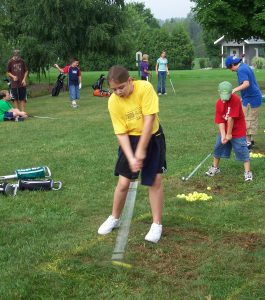 In 1964 OGC became the first 18-hole course within a 30-mile radius of Shelby.
In 1964 OGC became the first 18-hole course within a 30-mile radius of Shelby.
“My favorite hole is still number 4,” said 6-time Club Champion Kirk. “It’s not long, but the extreme slope of that green is still a fun challenge to land the ball in the right spot and watch it break 15-20 feet down to the hole. It can leave you shaking your head.”
New owner Jason Wenk, a pioneer in the financial/technology field, played the course often as a teenager on the Shelby High School golf team.
“This place requires you to make so many different kinds of shots,” Wenk said. “Like the short par 4, 18th hole. Do you dare try to drive the green with that pond sitting right in front?”
There’s always been an underlying rivalry between the two proud communities of Hart and Shelby. But for golf they chose to join forces in creating this lasting treasure.
“We didn’t think it was a big deal,” Fox said. “But it brought all kinds of people together, not just us, but even people who came up to visit here in the summer. I began to appreciate that after I got older. I don’t think I ever laughed as much as did on that golf course.”
Tanner added: “I don’t know what this area would be like if we didn’t have it.”
Now, thanks to Wenk, Oceana Golf Club will be rejuvenated and passed on to future generations. MGJ
Editor’s note: this is the second in a 3-part series on the rebirth and rejuvenation of Oceana Golf Club.

